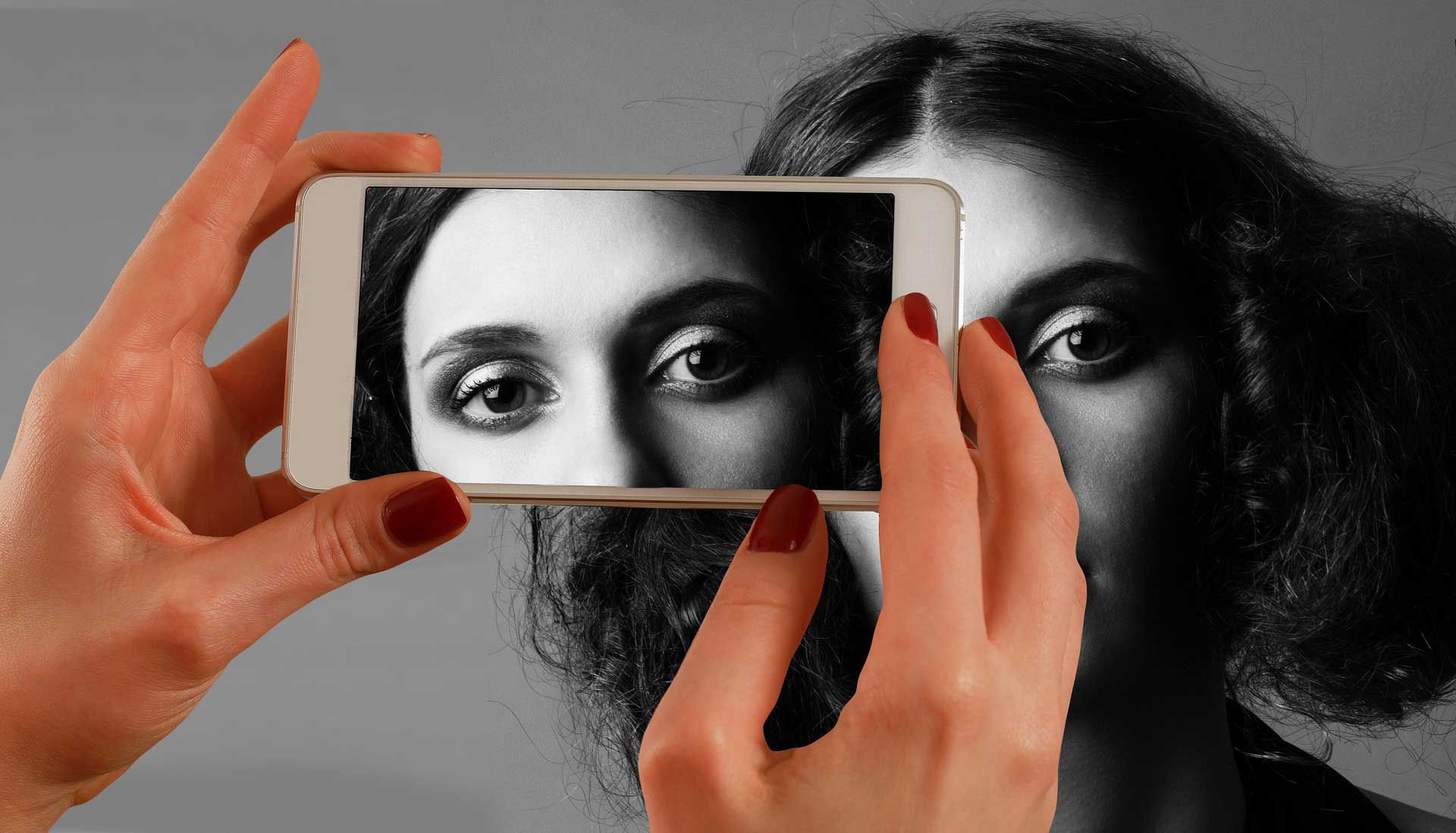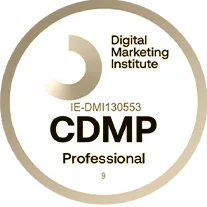
It’s no secret that technology is revolutionizing the way we do business. And in today’s world, augmented reality (AR) and virtual reality (VR) are two of the hottest trends for marketers. From Pokemon Go to creating immersive brand experiences, AR and VR have completely changed how companies can engage with customers. So let’s take a look at how these technologies are transforming marketing!
Have you ever been walking down the street only to be stopped by someone playing an animated game on their phone? Chances are they were playing Pokemon Go—an augmented reality mobile game that took the world by storm when it was released back in 2016. Since then, brands around the globe have tapped into AR to create new and exciting customer experiences like never before.
From interactive ads to fully-immersive store environments, AR has become one of the most powerful tools in any marketer’s toolbox! But as effective as it is, there’s something even more powerful out there: virtual reality (VR). With its ability to transport users from one environment to another, VR offers unique opportunities for brands to tell stories that resonate with viewers on an emotional level.
Augmented Reality in Marketing
It’s no surprise that augmented reality (AR) and virtual reality (VR) are revolutionizing the marketing industry. In fact, a recent survey revealed that 49% of marketers believe AR will have an even greater impact on their efforts in 2020 than it did last year. That’s huge!
When it comes to leveraging AR for branding purposes, we’re seeing more companies embracing this technology as part of their overall marketing strategy. For instance, Pokemon Go was one of the first popular mobile games to introduce consumers to AR experiences. This game enabled players to explore their local surroundings while capturing monsters and earning rewards – creating an immersive experience with immense potential for brand engagement.
Likewise, brands like IKEA and Sephora continue to lead the way when it comes to using AR in creative ways. Both brands offer apps that allow customers to visualize how products would look in real spaces virtually before committing to an actual purchase – giving them a unique shopping experience without ever having to leave home. In the case of Sephora, Augmented Reality in the form of ModiFace is used to help consumers find what makeup might look best on them. Users scan their face with their phone or computer camera, and the AI makes recommendations about things like what shades of eyeshadow or lipstick will work with someone’s skin tone. These two examples demonstrate just how powerful AR can be when used effectively in a marketing context.

Virtual Reality
Virtual Reality (VR) is revolutionizing the way companies market their products and services. VR has become a powerful tool for marketers, as it creates an immersive customer experience that can give brands an edge in a competitive marketplace. With the rise of virtual reality technology, marketers now have the ability to create stunningly realistic 3D environments to promote their businesses.
VR offers tremendous potential for marketing purposes, allowing businesses to bring customers into any environment they choose. Companies are able to showcase their brand stories in vivid detail by creating interactive experiences with 360-degree video or fully immersive worlds. Virtual Reality lets people explore places and situations they couldn’t before, giving them access to new visual perspectives that help build loyalty and trust among consumers.
Immersive Experiences
As technology continues to evolve, marketers are redefining the traditional marketing experience by creating novel immersive experiences. With Augmented Reality (AR) and Virtual Reality (VR), marketers can now create a more engaging and interactive brand environment for consumers. By leveraging immersive technology such as 360-degree video and mixed reality, marketers have an unprecedented ability to captivate their audience with unique virtual worlds that allow them to explore new ideas and products in ways they never thought possible.
Let’s take a look at how this idea is being implemented in practice:
Platform | Use | Impact |
360 Video | Cinematic storytelling and branding | Increased engagement and sales leads |
Mixed Reality | Interactive product demos and events promotion | Enhanced customer experience and loyalty towards brands |
AR Games/Apps | Promoting offers or rewards | More conversions and increased following on social media platforms |
These technologies provide marketers with unlimited potential to reach customers globally. Whether it’s through a promotional video game or a virtual tour of your store location, these tools enable you to engage customers directly in real time without any geographical limitation. Additionally, when used correctly, these strategies can help build trust between your company and its target audiences since customers will be able to interact with the products before purchase.
In short, immersive experiences make it easier than ever before for companies to promote themselves while offering enhanced customer service. This not only helps increase ROI but also builds strong relationships between businesses and their customers which increases brand loyalty over time.
Gamification
The transition from immersive experiences to gamification is a natural one. The use of augmented reality (AR) and virtual reality (VR) in marketing has created unprecedented opportunities for brands to engage customers through interactive and entertaining gaming scenarios. By using such technology, businesses have been able to create innovative branding strategies that capture consumer attention and increase engagement.
Gamification involves the integration of game mechanics into non-game environments or tasks, like shopping, completing surveys, leveling up, earning points, or even exercising. This type of strategy allows companies to encourage their target audience to participate in activities that will ultimately lead them towards making a purchase or taking some other desired action. Brands can also leverage gamification as an effective tool for collecting customer data – which they can then analyze and use to refine their products and services accordingly.
The possibilities are endless with AR/VR-powered gamification; it’s not just limited to entertainment but can also be used as a powerful educational tool. Whether it’s teaching kids how to do math problems while playing games on their phones or immersing adults in VR simulations that give them firsthand experience about complex concepts – these applications provide engaging ways for users to interact with information and better retain knowledge. Ultimately, this enables marketers to create more meaningful relationships with consumers by providing them with learning experiences tailored specifically for their needs.
3D Modeling
Now, 3D modeling is used in over 90% of product visualizations. That means, if you’re looking at a product online or in a catalog, there’s a good chance it was created with the help of 3D modeling. You may have heard about this technology before — it goes by many names like computer-generated imagery (CGI), product visualization, and virtual reality (VR). But what exactly is 3D modeling and how can businesses use it to their advantage?
At its core, 3D modeling is all about creating an accurate representation of objects or environments using specialized software tools. These models are then used as the basis for various applications such as video games, animation films, commercials and even marketing campaigns. Businesses can leverage these models to quickly create visuals that accurately communicate their brand message—bringing life to otherwise static images.
3D modeling has become increasingly popular within the world of advertising due to its ability to add a layer of realism not found with traditional methods. With realistic textures and lighting effects, companies can craft truly immersive experiences that draw customers in while also providing engaging content across multiple platforms. For example, marketers can now design interactive ads that allow users to virtually explore different product features without ever leaving the comfort of their own home – making them more likely to make purchases down the line.
The potential benefits behind leveraging 3D modelings are endless – from boosting customer engagement levels to increasing sales revenue. So don’t be afraid to get creative when thinking up your next campaign! Who knows where 3D modeling could take your business!
Conclusion
As businesses continue to explore the world of augmented reality (AR) and virtual reality (VR), it is clear that these technologies are revolutionizing marketing. AR and VR offer unique opportunities for brands to create immersive experiences, gamify their products or services, and leverage 3D modeling to engage with customers in a more personal way.
That being said, there will always be some skeptics who think investing in AR/VR technology is too costly. While this concern can be valid, creating an interactive experience through AR/VR often requires less money than traditional forms of advertising – not to mention the potential ROI that could result from such campaigns, allowing your customers to directly interact with you and your products/services. Additionally, as these technologies become more mainstream across different industries, companies may find themselves at a competitive disadvantage if they don’t keep up with the latest advancements.
Overall, AR and VR have created exciting possibilities for marketers looking to stand out from the competition. From Pokemon Go to fully immersive brand activations, these tools allow us to reach audiences on a deeper level – something we weren’t able to do before. I believe this trend will only grow stronger over time, so now is the perfect opportunity for businesses of all sizes to get ahead of the curve by leveraging these cutting-edge technologies in their own marketing strategies.

